First published on August 11, 2025 • Last updated on December 4, 2025
This page may contain affiliate links; if you purchase through them,
we may receive a small commission at no extra cost to you.
Update August 11, 2025 – Nariz del Diablo is open for business!
With the grand re-opening of the Nariz del Diablo, the famous train ride that starts in Alausi, Ecuador, we wanted to republish this article by guest author, Amy Atland. But before you read about her family’s experience on the train, let’s fill you in on this attraction’s recent history.
The Bedeviled Nariz del Diablo
Thanks to the Covid-19 pandemic, all tourism trains in Ecuador stopped service and the government website selling tickets disappeared. In fact, today it redirects to a website of questionable provenance… we don’t recommend visiting and have removed all links to it. The good news is that the local government in Alausi has their own point of sale at TicketExito. Read more below.
But even before the pandemic, the train system was in constant danger of folding. It has a history of stopping and starting again. Past governments have heavily subsidized this extremely popular tourist attraction to cover high maintenance costs and ensure affordable ticket prices for international and Ecuadorian tourists. The line known as the Nariz del Diablo is particularly troubled – it was the most difficult train track to build in the world for a reason and remains very expensive to maintain.
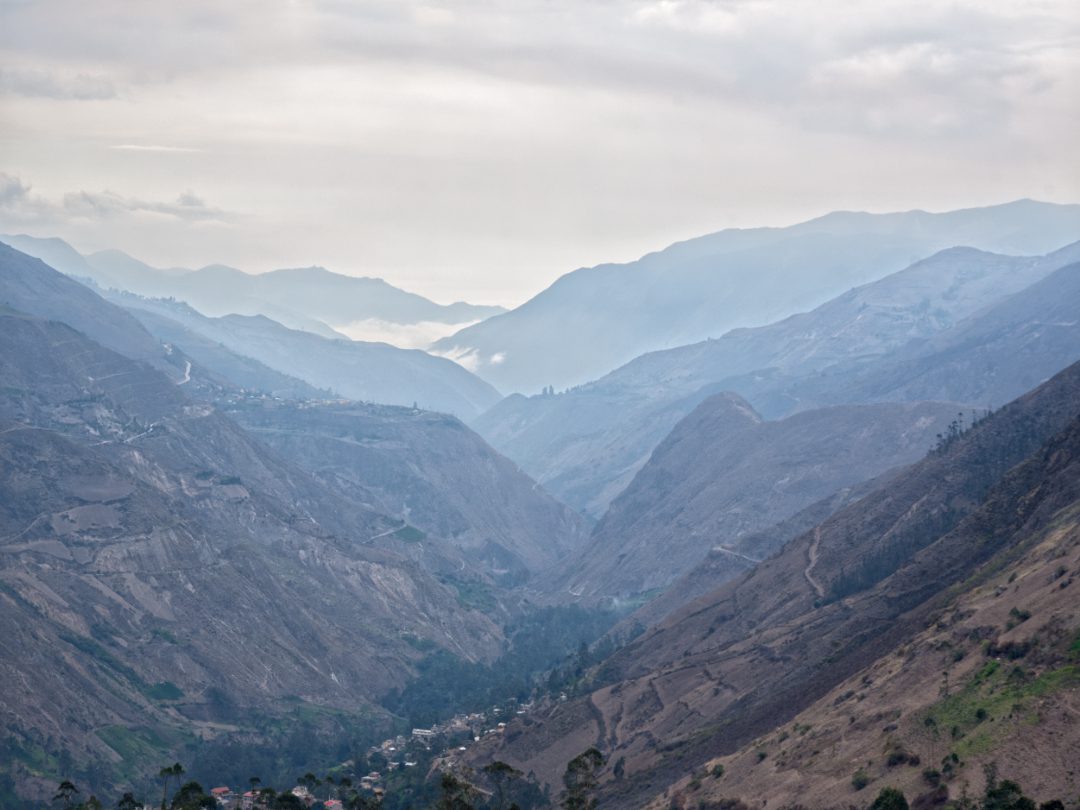
Local lore tells the story of an old man with a huge nose who appeared before the construction workers to warn them of the dangers of building the track. He disappeared before anyone could identify him. Many residents believe he was a devil tempting the town to stop building the train and named the line for him. Perhaps his malevolence still holds sway to this day and provokes the consistent issues that cause this line to close.
Re-opening the Nariz del Diablo will make politicians popular with residents hoping to reinvigorate their tourism businesses. And it will attract riders – it always has! Pre-pandemic, it attracted 60,000 visitors a year. This is one of the most requested add-ons to tours in Ecuador’s Central Andes.
While is is possible to buy tickets in advance using TicketExcito, international visitors may find it easier to book through their hotel or local guide. We have not used this booking mechanism and cannot veryify the security of their database.
The Alausí – Sibambe – Alausí route runs three times a day (8am, 11am, and 2pm) from Thursday through Sunday and holidays. Tickets prices vary, with Ecuadorians paying almost half price of international visitors. Students and Senior Citizens also receive discounts. If booking online, be prepared to enter not only your credit card information, but also your passport number and other identifying information to qualify for discounts.
Enjoy reading about the most difficult train track in the world!
From Steep Slopes to Stunning Views: Ecuador’s Legendary Train Ride
by Amy Atland
 The Nariz del Diablo train ride provides an excellent opportunity to view the amazingly beautiful and mountainous landscape of Ecuador. It’s also a great chance for kids to learn a little history while playing conductor. All in all, it is a great trip for families.
The Nariz del Diablo train ride provides an excellent opportunity to view the amazingly beautiful and mountainous landscape of Ecuador. It’s also a great chance for kids to learn a little history while playing conductor. All in all, it is a great trip for families.
History of Nariz del Diablo
This portion of the Ecuadorian railroad system was completed in 1908 to connect the coastal city of Guayaquil to the capital city of Quito, the second-highest capital in the world. The vertical wall of rock known as El Nariz del Diablo, or The Devil’s Nose, was the most challenging part of the railway to construct and was referred to at the time as the “ferrocarril más dificil del mundo” or the most difficult train track in the world. There seemed to be no way to build the track up the steep mountain slope.
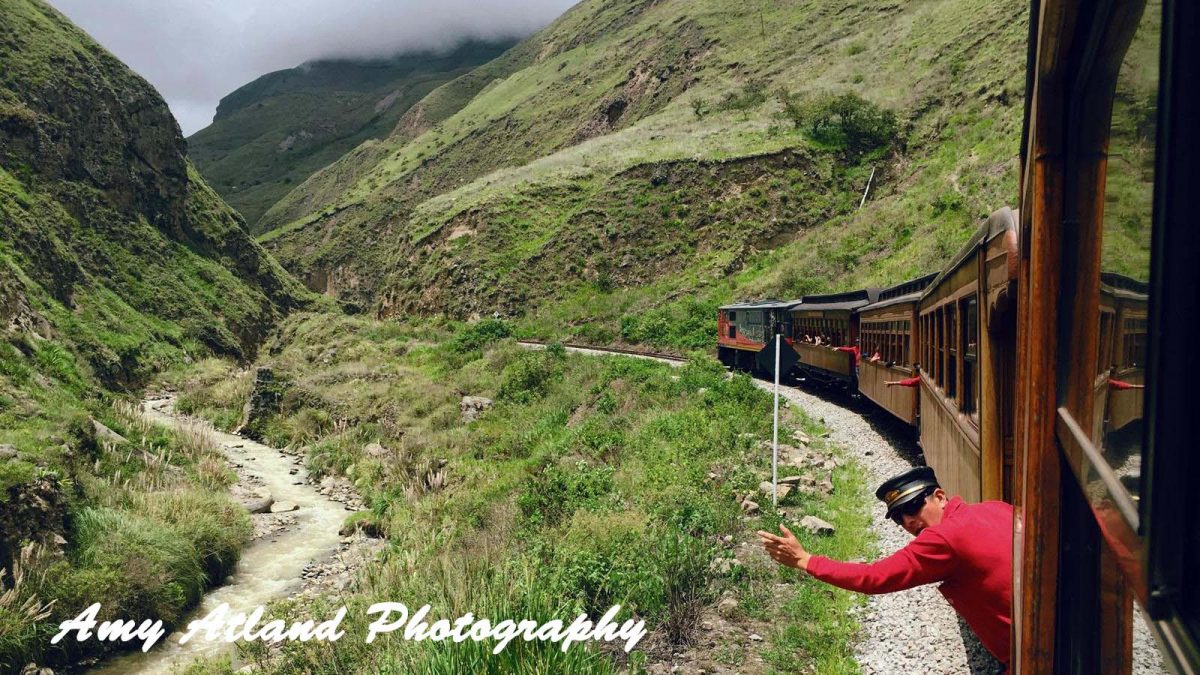
The solution was to build the track into the side of the mountain in a tight, zig-zag pattern, like switchbacks on a hiking trail. The train travels up the hill and rather than turn around the bend, the train reverses direction for the next section, leading with the rear. The train zig-zags almost a full kilometer up Nariz del Diablo and returns in the same manner.
For many years, the train provided service from Guayaquil to Riobamba and then on to Quito. However, in 1997, the intense weather conditions of El Nino damaged so much of the railway, that it could no longer be used.
The Train to Nariz del Diablo Today
The portion of track between Alausi and Sibambe, an almost 7.5 mile stretch, is open to tourism and available for anyone game for the adventure!
The train is a relatively modern engine that pulls beautifully refurbished, old railway carriages. Some of the carriages are coach style, while others are open-air cars.
Our tickets for the train ride were for the 11:00 am departure which allowed us time to enjoy the breakfast provided by the hostería where we stayed and still enjoy a leisurely drive to Alausi. For early morning adventurers, there is also a train that departs at 8:00 am and returns by 10:30 am.
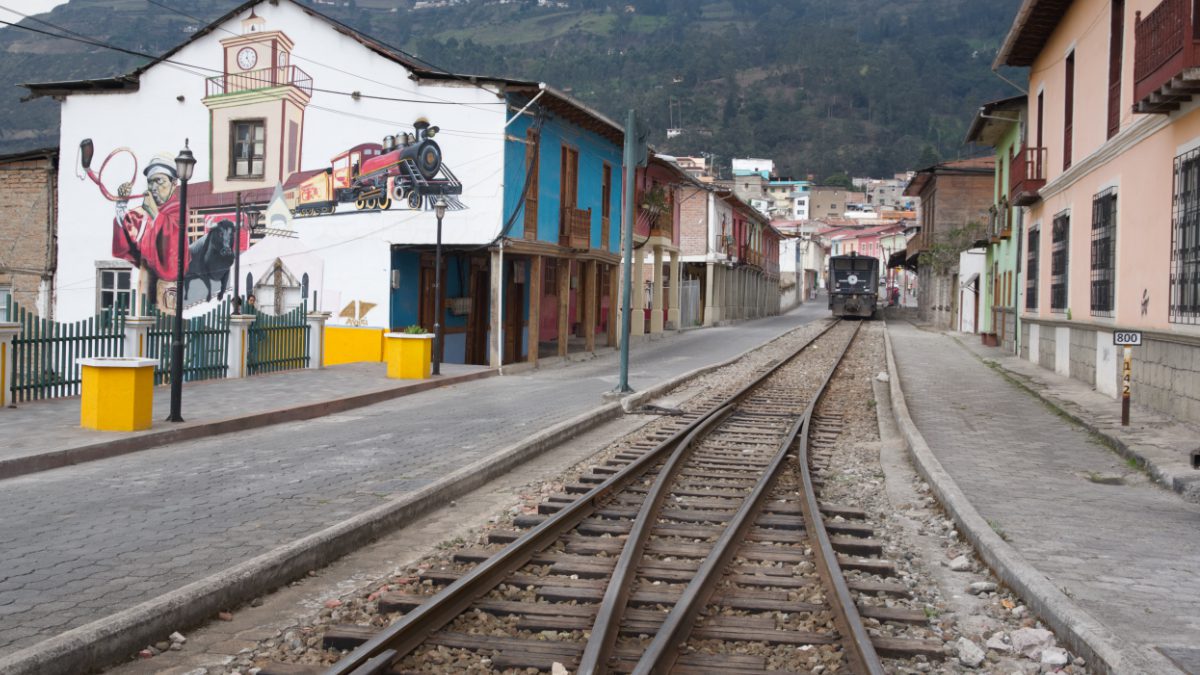
The town of Alausi is quaint, colorful, and fun to photograph! Make sure to plan some time to walk around.
The views of the mountains during the train ride were even more amazing! It was a very picturesque two-and-a-half-hour adventure. The train stopped in the small village of Sibambe, where we grabbed a bite to eat and enjoyed watching a traditional dance performance before heading back to Alausí.
Tips for this Trip
Our family chose to stay in Huigra at the Hostería Eterna Primavera, a one-hour drive from Alausi. Nearby is an eco-lodge with gardens and rustic accommodations, Cabañas Samay Mágico. Alternatively, many people stay in Riobamba, an hour and a half away. Some great hotel options there include the historic Hotel Hacienda Abraspungo just outside of town and the old colonial-style Rio Hotel downtown. For the budget-conscious, the local hostel, Villa Bonita Hostel, gets great reviews.
If you tend to get car sick, you might want to take some medicine before driving in the mountains from Alausi to Huigra as the roads are very windy.
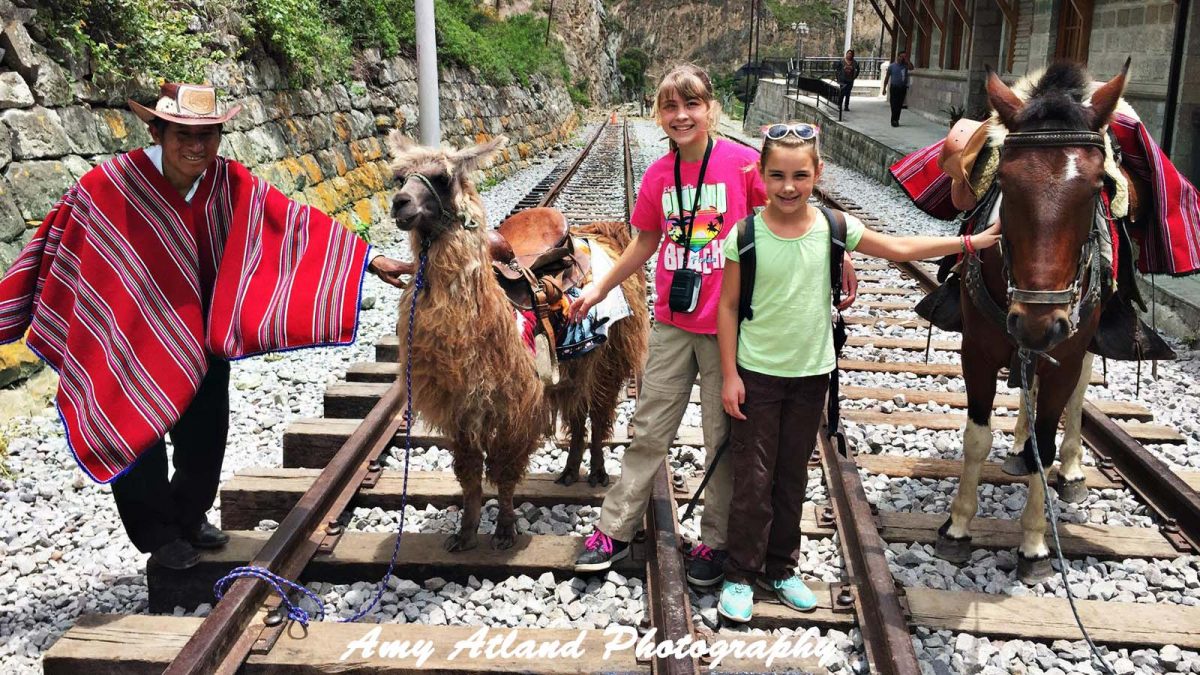
Guest Author and Photographer, Amy Atland
Amy lived in Quito, Ecuador for an adventurous 4 and a half years with her husband and 4 kiddos. She has her Master’s degree in pediatric occupational therapy but is currently focusing on raising her family and growing her photography business. She is passionate about traveling, coffee, and capturing the joys of life through her camera lens (but not necessarily in that order).


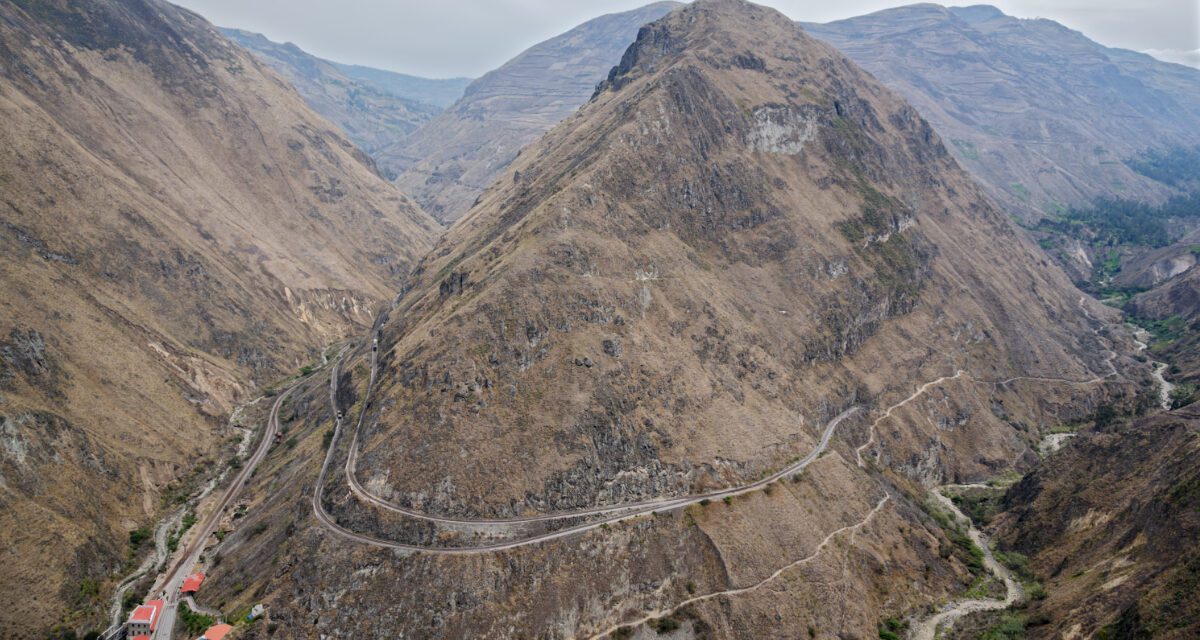

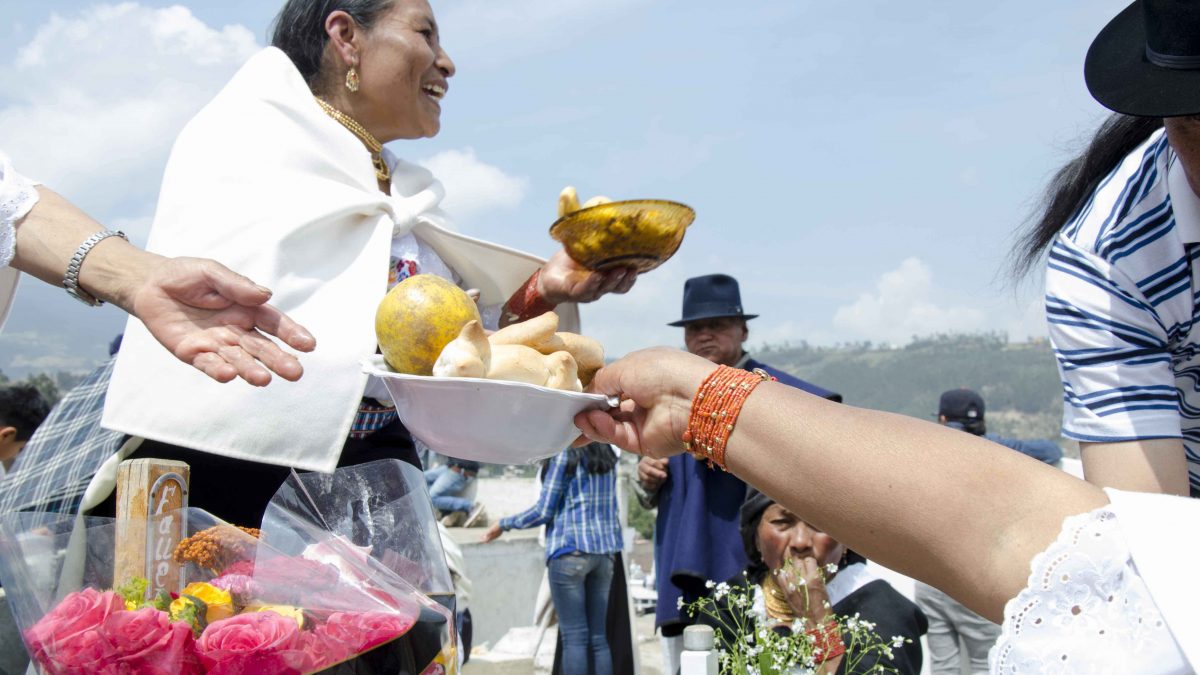
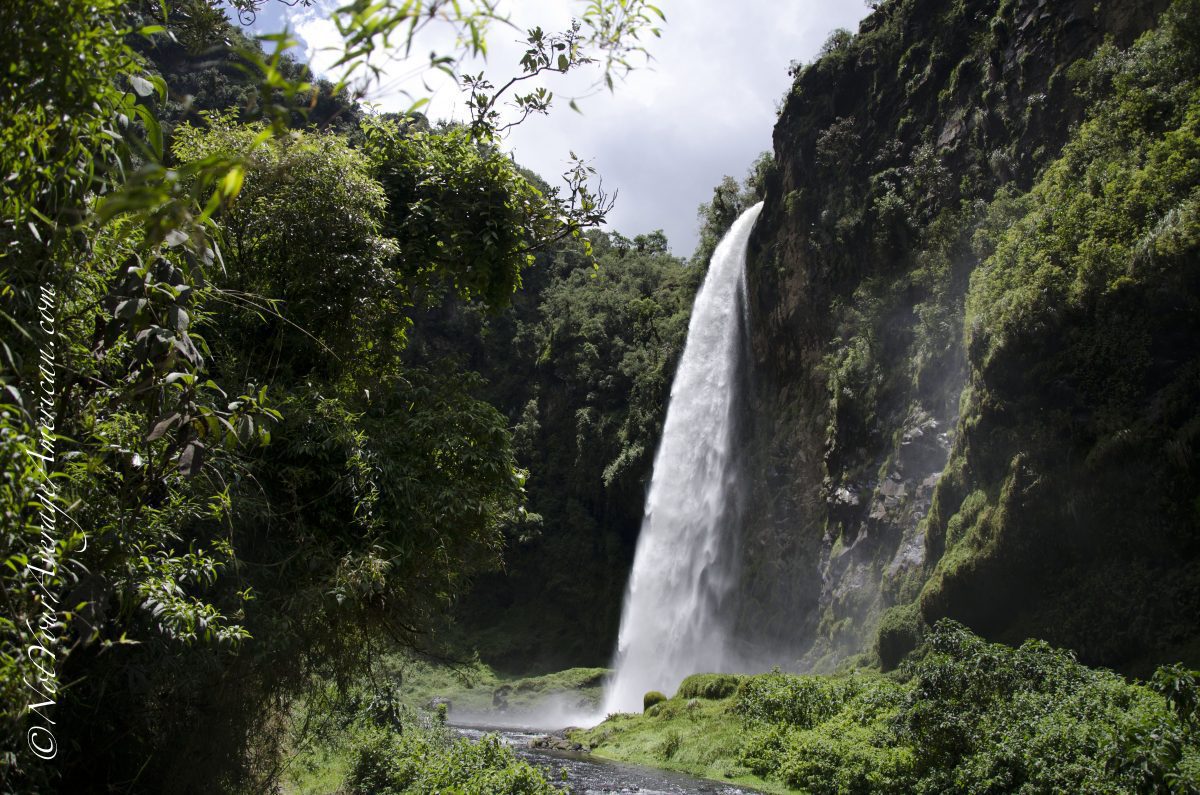
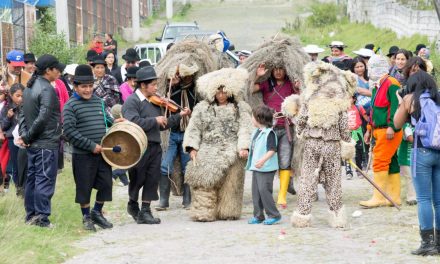


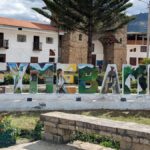






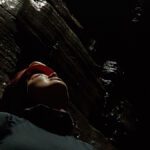








Are there any updates yet for the re-opening?
Hi Mareike,
Your comment prompted me to dig a little deeper, especially since we haven’t heard from our local contacts recently. According to a recent article in La Prensa, the Nariz del Diablo train is expected to resume operations in May 2025. Another piece from Teleamazonas mentions that test runs are still pending and that the Ministry of Transport is finalizing coordination with local municipalities.
At the same time, we’re seeing tourism agencies advertising schedules and selling tickets—yet there’s no official statement confirming the train is running, nor a firm date for the first departure. If you’re currently in Alausí, it might be helpful to check in with your host or local tourism office. In Ecuador, “word on the street” is often the most reliable source of real-time information when it comes to tourism updates!
Where and how did you purchase a ticket to ride the train?
Hi David, it seems that the government has let the original website domain name be purchased by someone else. I think the best way to reserve tickets is through your hotel or a local guide. Also, I am in contact with someone who has previously worked on this line and they are telling me that it will not open before January, 2025. As soon as I have updated information, I will be sure to add it to this article.
The reopening of the Nariz del Diablo train is an exciting adventure, offering a thrilling ride through Ecuador’s stunning mountains with rich history and unforgettable views—who wouldn’t want to experience this legendary journey?